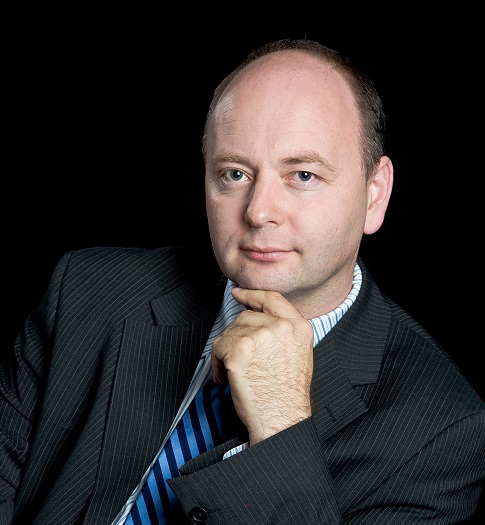If you want firsthand testimony about the Holocaust, of course you will visit (online, naturally) the USC Shoah Foundation’s Visual History Archive, https://sfi.usc.edu/vha, which has more than 50,000 testimonies from Holocaust survivors, collected primarily during the 1990s in more than 60 countries and 40 languages.
But Stephen D. Smith, executive director of the foundation, told a Friday keynote audience that the efforts to document the stories of survivors of other crimes against humanity has not stopped with the Holocaust. Nor has the foundation ceased to explore new ways to make those stories accessible in the digital age, including recreating scenes using virtual reality and interactive video technology.
“The stories we have been given were intended to be shared,” he said.
In recent years, the foundation has added to its archives testimonies related to the 1915 Armenian genocide, the 1937 Nanjing massacre and the 1994 Rwandan Tutsi genocide.
The foundation’s extensive online and social media presence and educational outreach reflect its efforts to take advantage of different platforms to repackage and reuse the wealth of material in the archives, Smith said.
“At the hub of what we do is preservation,” he said. But the wealth of material and the ongoing reality of crimes against humanity make it imperative for the foundation to extend its educational reach.
“Just because the Nazis are gone doesn’t mean evil is gone in the world,” he said, adding:
“We all have opportunities to make a difference.”
Among its other projects, Smith said, the foundation also is engaged in digitizing and restoring old collections “sitting in closets,” transforming them from materials not being seen at all to being available to people everywhere.

